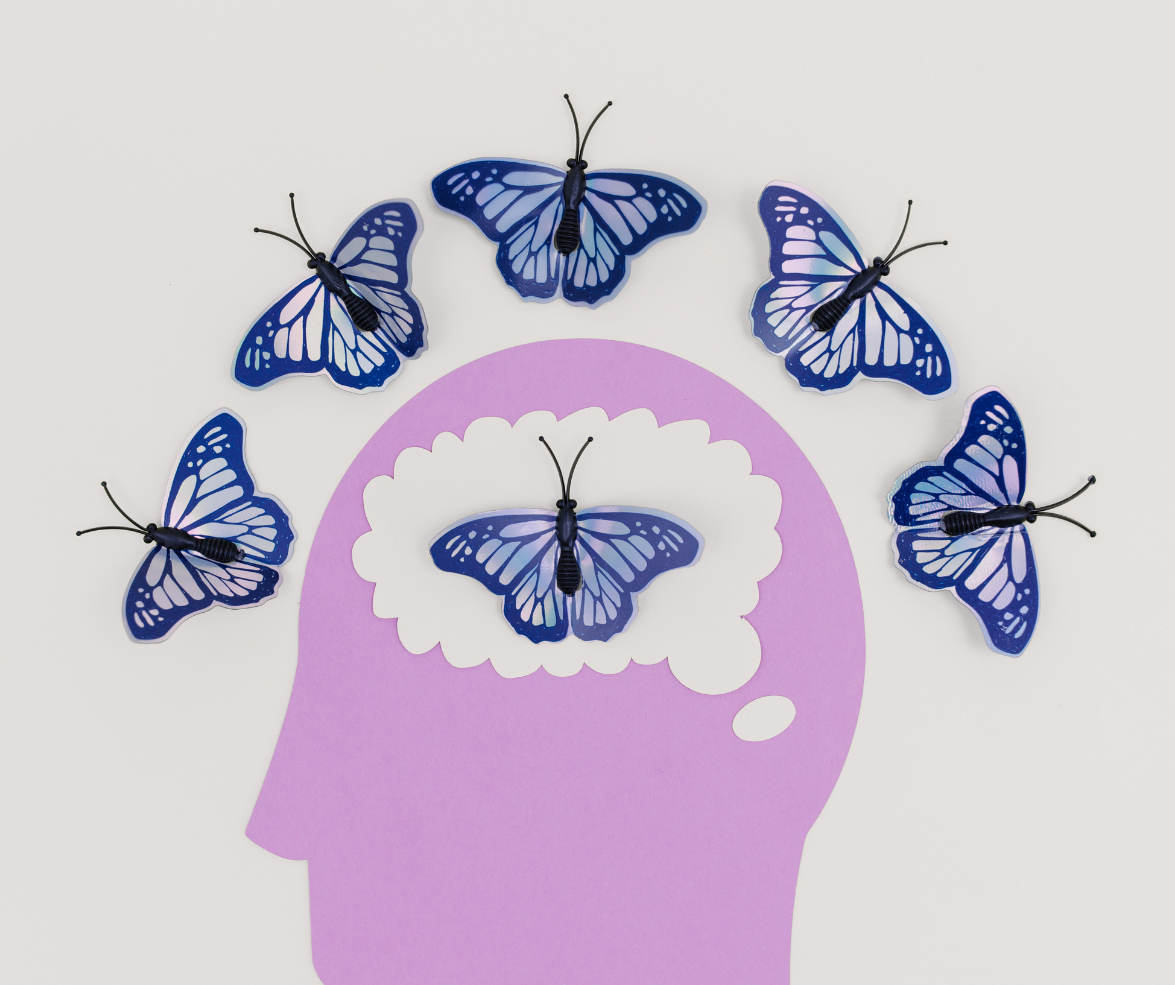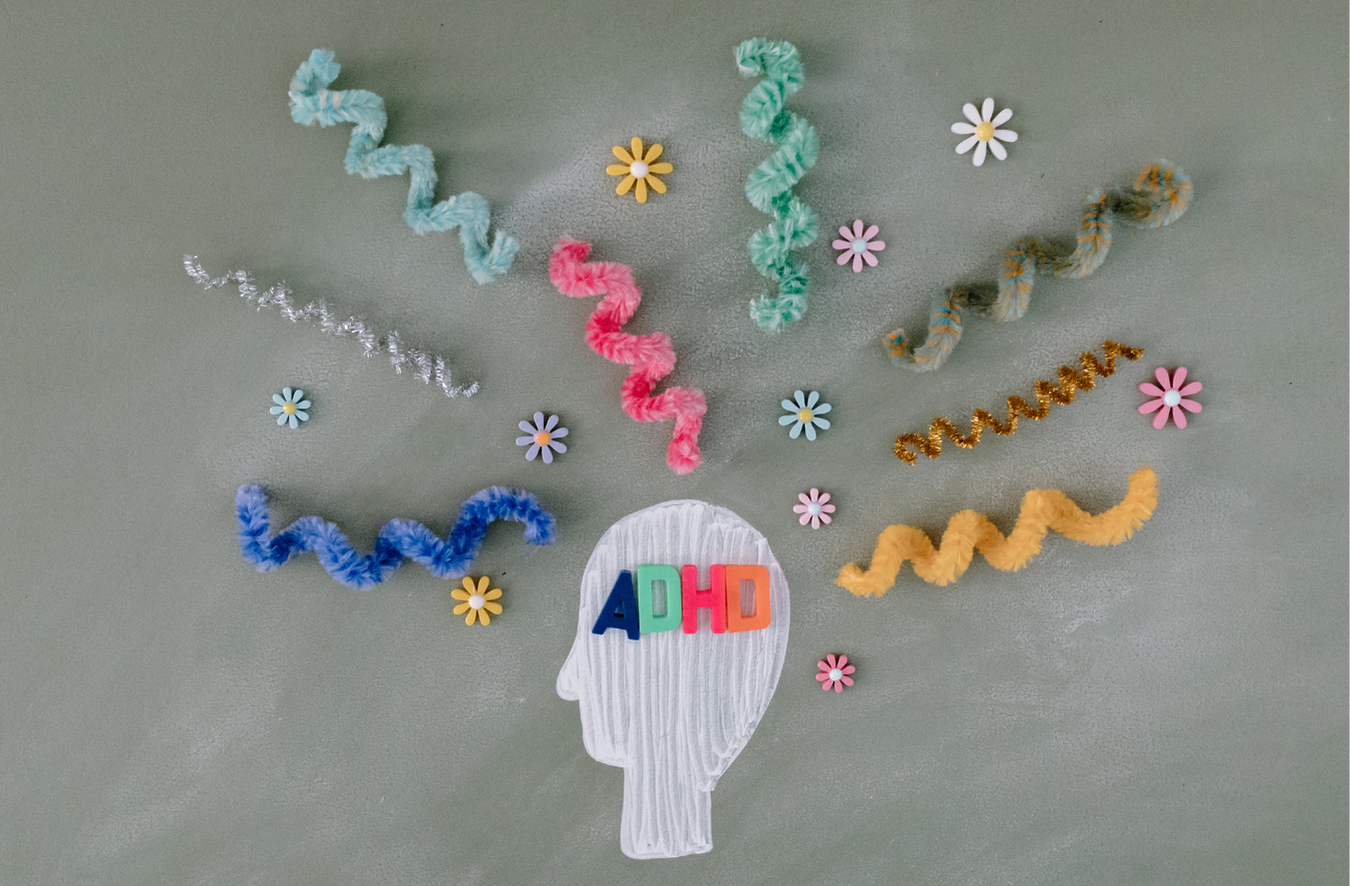How to Feel Less Stress as a Parent when the Kids Go Back to School
Starting a new school year can be super exciting. It can also be stressful, both for the child and the parents. The following are some ways you can ease back into a new schoolyear but leave the stress behind!
Meet the New Teacher
One of the biggest fears many young children have is will they like and feel comfortable with their new teacher. To address this fear, be sure to take advantage of the school’s open house so your child can see exactly where their new classroom is and who their teacher will be.
Find a Familiar Face or Two
Having a familiar, friendly face in the classroom will help put your child at ease. Consider calling parents from last year’s class to find out which kids may be in your child’s class this year. You can help your child reconnect by scheduling a play date before the new year begins.
Get on a Schedule
Children thrive with a solid routine. They also tend to feel less stress when they know their day’s schedule ahead of time. Consider getting some dry erase boards and colorful dry erase board markers to write down the following day’s schedule each night. Knowing which classes and after school activities they have will help your child prepare mentally and you prepare logistically.
Limit Those Extra Curricular Activities
A lot of school-year stress, both for kids and parents, has to do with the number of extra-curricular activities children are involved with these days. When selecting a sport, be sure that there aren’t too many practices each week that will hinder your child’s schoolwork and sleep routine.
Consider following these guidelines so you and your child can have a productive and stress-free school year!
SOURCES:











